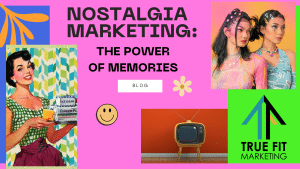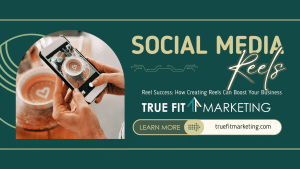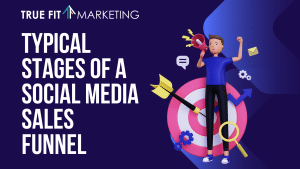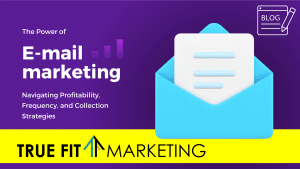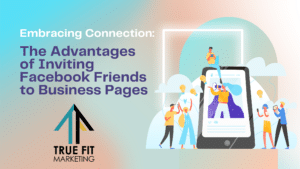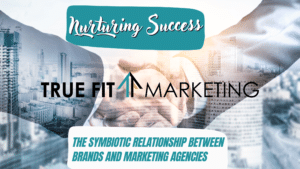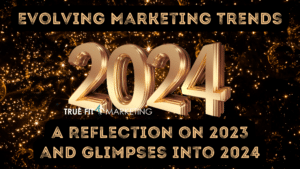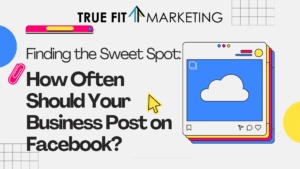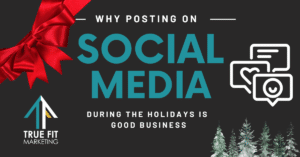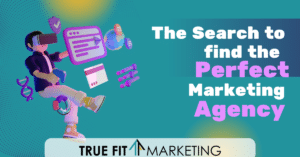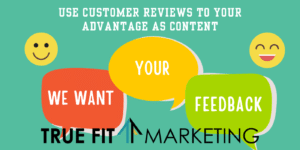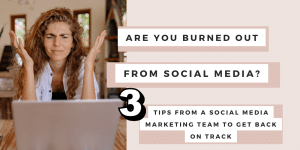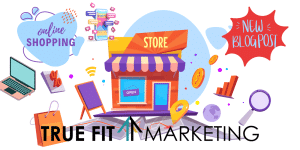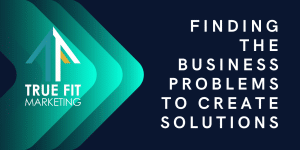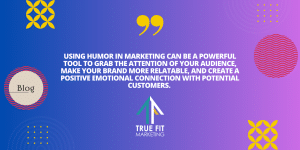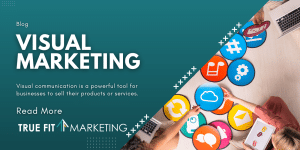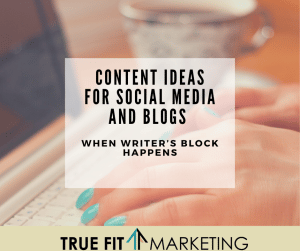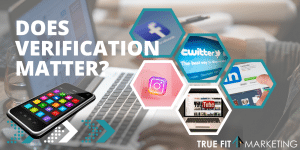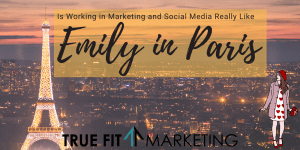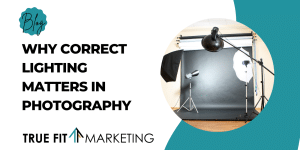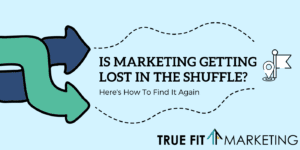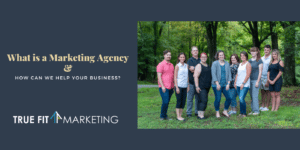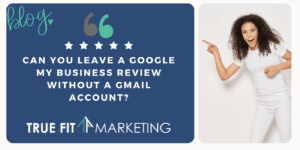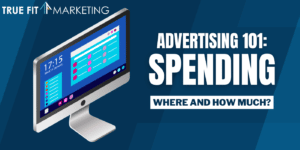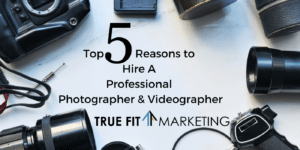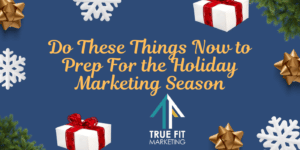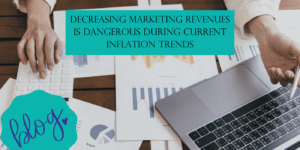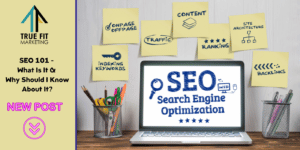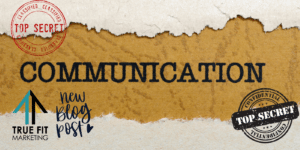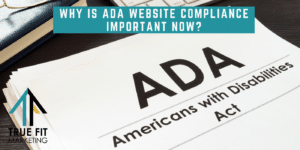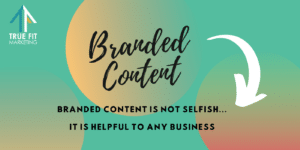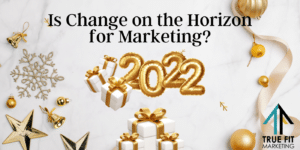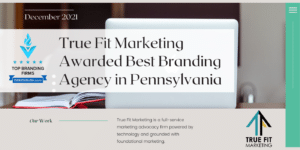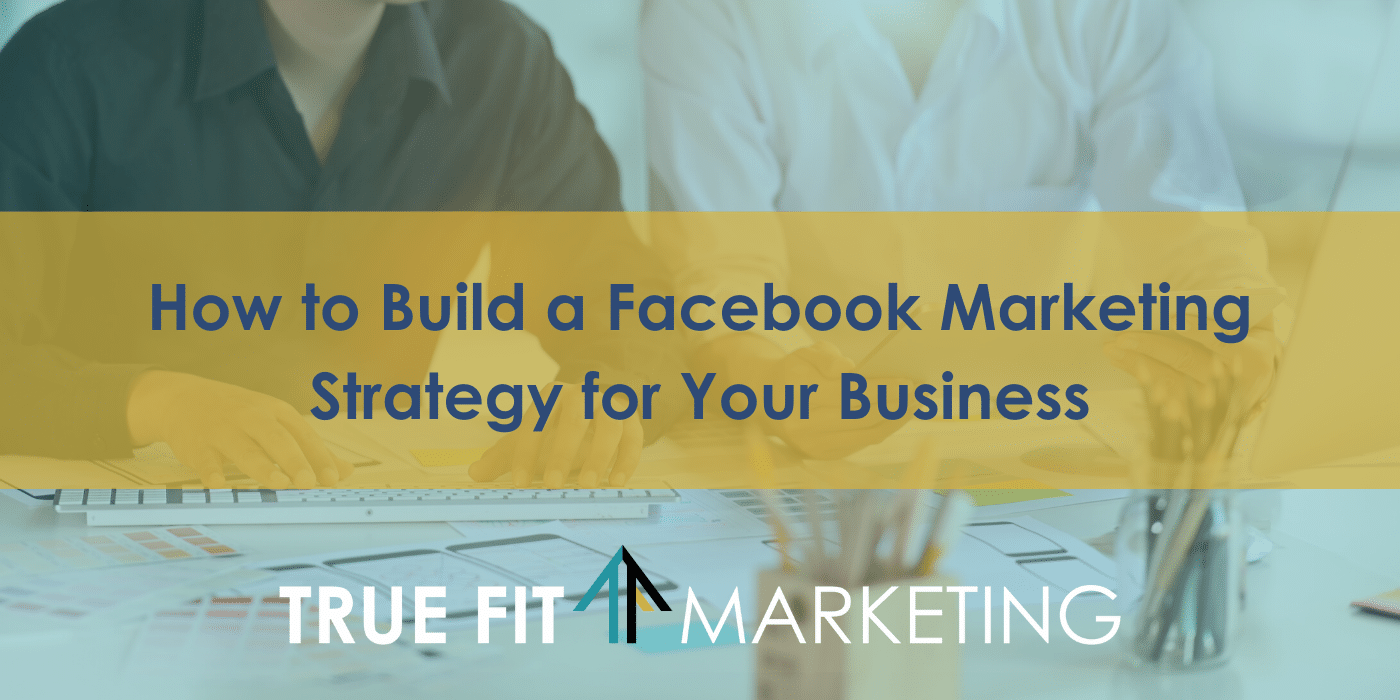
In a previous post, we covered how to set up a Facebook Business Page and the types of posts that you could use for your page. Now, we want to dive into how you can create a Facebook marketing strategy for your business in 2020. Don’t have time to create a Facebook marketing strategy? That’s no problem either because we’re here to help.
Creating a winning Facebook marketing strategy isn’t something that will happen overnight. It will take some time and will require social listening.
Social listening is something that is paramount to a successful Facebook marketing strategy. Social listening is watching what your customers are saying on social media, what they engage with, or even asking them what they want to see. Test out a couple of different types of posts with different content to see what people engage with the most. Look for certain trends that are similar throughout your top engaged posts. Social listening can also determine what products your customers love the most, what challenges your product could help solve, and how you can set yourself apart from the competition.
The first step to any marketing strategy would be to define your audience and a Facebook marketing strategy would be no different. You need to think about your target audience, where do they live, how old are they, what are their biggest problems, what types of jobs do they have, and how are they using Facebook?
For help with demographics on Facebook, Hootsuite has a great article about it here.
Facebook makes finding out who is looking at your posts and engaging super easy with their audience insights feature. This can help you find ages, gender, education, and more.
The second step you should take with your Facebook marketing strategy is setting attainable goals. These goals should not just be about how many likes you can get on your posts but should relate to your business goals. Getting a ton of likes means nothing if you aren’t selling your products. You should also generate a brand-style guide for Facebook that will help all of your posts feel consistent and so that people know it’s your brand when they see different posts or photos.
After you have your goals, you need to create a content plan that will work on achieving your goals. Is one of your goals to generate more leads for your business? How will you achieve this with posts? We’re not saying that you should only post content that is promoting your brand. Actually, almost the opposite. A good rule of thumb to follow is the 80/20 rule. This is posting 80% of content that entertains, informs, or educates your audience while the 20% is to promote your brand. Providing insightful value can help others to see areas where you are an expert and they could then seek you out to help with their business. Facebook is a relationship builder, so it’s good to help promote others and build networking relationships here. The algorithm that Facebook has in place also does not like when people push sales too hard, which will, in turn, make those posts not be seen as much. It could be helpful to develop a content calendar so that you know your posts are consistent and that you’re posting when you want to.
The fourth step is to optimize your page. One of the main things that you can do to compel your audience right away is to have an eye-catching cover photo. This is something that people coming to your page will see right away and a big spot that you can use to keep attention. To get people to like your page, there are many things you can do with your email, blog, or website. Have the link to your Facebook page in the signature of your email so that people already talking with you can easily find the page. If you already have a blog or website, have an icon with a link to your Facebook page. If you share often on your blog, have the option for people to share your post to their Facebook.
Don’t have a website, but need one and don’t know where to start? We would love to help.
Once you start gaining more likes and followers, you can’t just abandon the effort you put in. Use the social listening we discussed and keep sharing things your audience likes to see and are engaging with. This is also a good time to review content calendars.
For the fifth step, it would be wise to utilize the amazing features and tools that Facebook offers. A big opportunity is to join Facebook groups that make sense for your business. You don’t want to join these and only promote your business, but rather be an active participant yourself and when an opportunity comes up, share information about your business or how you can help solve someone’s problem.
Did you know that Facebook has a feature for the Facebook Chatbot? This is how some businesses respond so quickly to you! Hootsuite also has an amazing article on how to set up a chatbot and how to best use them here.
Another tool to set up once you are comfortable with Facebook is the Facebook Business Manager. Here you can control who has access to posting on your site and how much access they have, setting up organic posts and paid reach, and manage business tools.
The sixth step is to incorporate Facebook ads and Facebook pixel. Facebook ads don’t have to be a lot of money, in fact, you can set the amount that you want to use and Facebook will stop the ad once your money has been spent. Facebook ads help you to know that you’re getting your message in front of the target audience you want.
Facebook pixel is a code that you put on your website. It helps track conversions from your Facebook page to your website and remarkets people who have previously been to your site.
Lastly, it’s important to look into your insights and track what is working and what isn’t. With Facebook Insights, you can track if someone unliked your page from a particular post or how many engagements the certain posts ranked best. You cannot just set your marketing strategy and then forget it. You need to often look back at your strategy and your metrics and adjust.

